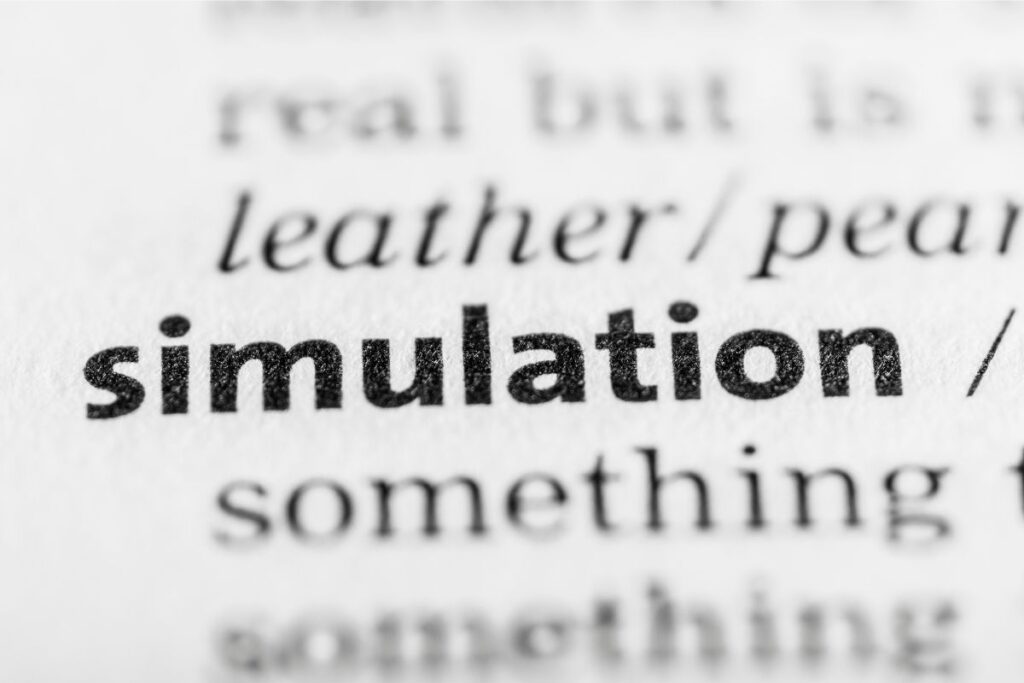AI’s Emerging Role in Crisis Simulations and Media Readiness

Crisis communications is, by nature, reactive. Teams train for scenarios they hope never occur, knowing full well that the next crisis rarely resembles the last. In recent years, tabletop exercises, message frameworks and stakeholder maps have served as the foundation for preparedness. But as media dynamics evolve, fueled in part by artificial intelligence, so too must the tools used to prepare.
AI-powered simulations are beginning to reshape how communications teams train for crisis. Unlike static exercises or templated role-play, these tools can generate dynamic media environments in real time. Headlines shift based on spokesperson responses. Social media commentary adapts to new developments. Journalists ask questions with the persistence and unpredictability of a live event. The result is not just a drill, but an immersive test of readiness.

The Value of Simulated Pressure
Traditional crisis preparation often lacks urgency. It may test message content but not message delivery under time pressure. AI changes that. By combining narrative logic with real-time inputs, AI systems can create evolving scenarios that simulate the chaos and ambiguity of actual crisis moments.
In one version, a comms team might be asked to respond to a mock data breach. As they draft a holding statement, the simulation releases a fabricated media leak. A reporter from a simulated outlet begins requesting comment. A partner organization issues a vague social post. Internally, executives ask for updates. The team must navigate it all in real time, making decisions with imperfect information while preserving clarity and tone.
This type of stress test reveals not just message strength, but structural gaps. Are approvals too slow? Are spokespersons aligned? Does the team have immediate access to prior statements? The simulation becomes an audit of both communication and coordination.
From Hypothetical to Historical
The effectiveness of any simulation depends on how well it mirrors reality. Generic crisis scenarios, while useful for muscle memory, often lack the specificity needed for true organizational readiness. AI tools are increasingly capable of tailoring exercises based on an organization’s industry, past media exposure and stakeholder landscape. But even the most sophisticated simulation is only as good as its inputs.
This is where Broadsight provides an edge. The platform offers access to a team’s actual messaging history, including previous journalist interactions, coverage patterns and issue response logs. When integrated into simulation design, these elements ensure the exercise reflects not a generic challenge, but a plausible extension of known risk.
Rather than testing a team against a theoretical breach, the simulation can be built around a past incident: who covered it, what was said, what gaps emerged. Journalist personas can be modeled on actual reporters’ behavior. Some follow up, others editorialize and some amplify selectively. The outcome is a training environment that doesn’t just test general crisis instincts, but prepares teams for the real dynamics they are most likely to face.
Building Muscle Memory Without Repetition
The purpose of simulation is not prediction. It is preparedness. AI tools allow teams to rehearse for uncertainty, to build habits of coordination, review and escalation that hold up under pressure. In the past, these habits were shaped through repetition across years and crises. Now they can be developed in advance, through structured exposure to plausible scenarios.
Simulations also provide a safer way to test organizational assumptions. What happens when legal pushes back on a draft statement? How does a spokesperson handle a loaded question? Can internal Slack chatter about the issue become a liability? These questions can be explored without consequence, then incorporated into actual response planning.
Importantly, AI simulations do not replace training. They enhance it. Real-time coaching, post-scenario debriefs and documentation of performance remain essential. But the presence of a responsive, unpredictable environment increases the realism of the exercise, and therefore its value.

The Role of Institutional Context
No AI system, however advanced, can substitute for institutional knowledge. Knowing how a past issue unfolded, who approved which statement, and what the tone was during a previous response—these are elements that shape good decisions in the moment.
Broadsight functions as the connective tissue between AI simulation and real-world readiness. It ensures that training is grounded in facts, not hypotheticals. A comms team entering a simulation with access to Broadsight is not starting from scratch. They are building on a complete, verified record of past media engagement, allowing them to respond faster, smarter and with greater confidence.
As crisis response becomes more complex and more rapid, the gap between readiness and reaction will define outcomes. Simulation can close that gap. But only when informed by real data, organizational memory and a commitment to continuous preparation.
Training for the fire is no longer about imagining worst-case scenarios. It is about building systems that let teams rehearse the reality they are most likely to face before it arrives.
See how Broadsight can help you bring real-world data into your crisis communication planning scenarios. Visit Broadsight.ca.
Receive our newsletter
Sign up below and we’ll be in touch with monthly updates about Broadsight, along with news and insights to keep you on the cutting edge of communications work in an AI era.

